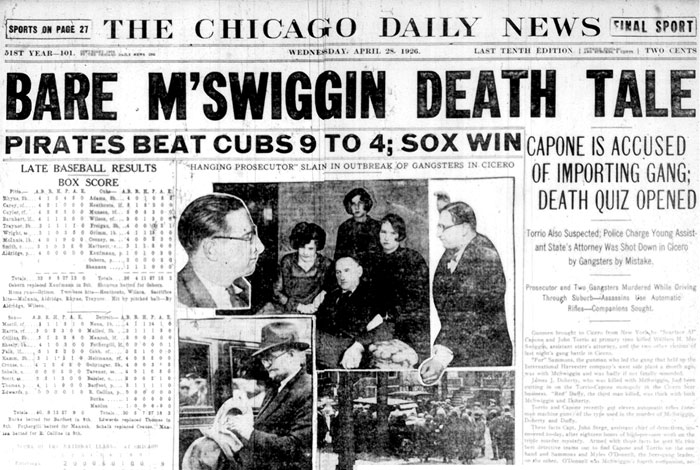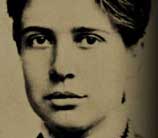
The gangland murder of this seemingly blameless Assistant State’s Attorney outraged the public and generated criticism of law enforcement and the notorious gangs fighting in the Beer Wars (Illinois Crime Survey p.825-841). The case signified to the public and the press the inability of the courts and prosecutors to control the violence generated by organized crime, as rival factions sought to control the illegal supply of alcohol and other activities.
The results of the investigations into organized gambling are described in detail in The 1929 Illinois Crime Survey. The Report exposed the enormous profits and corruption of the police and other government officials. The Chief of Police himself, Charles C. Healey, was tried and a number of other high profile investigations took place as result of this investigative report.
The Beers Wars were a particularly violent series of killings in connection with the rivalry between gangs (Illinois Crime Survey p.921-931). Bombings and the terrorism of organized crime did not start with the Beer Wars, however (Illinois Crime Survey p.933-975).
Part III of the 1929 Illinois Crime Survey, is a detailed account of the history of organized crime in Chicago and an analysis of several aspects of the industry and its economic hold on the city (JCLC p.493-496).
Al Capone was not the first, or even the most powerful, organized crime boss in Chicago. Mont Tennes established his enormously profitable empire of gambling rings after the turn of the century. Tennes and some of his cohorts were prosecuted but not convicted. Tennes was followed by other organized crime figures, including Al Capone a relative latecomer (Illinois Crime Survey p.907-919 and Illinois Crime Survey p.977-997).
The association between organized crime and the police, the state prosecutors, and the courts was a frequent source of investigation, with some periods being characterized by more corruption than others (Illinois Crime Survey p.999-1021).
The culture of gangs and the symbolism associated with their control of political and economic institutions is analyzed and detailed in the 1929 Illinois Crime Survey (Illinois Crime Survey p.1023-1087).
